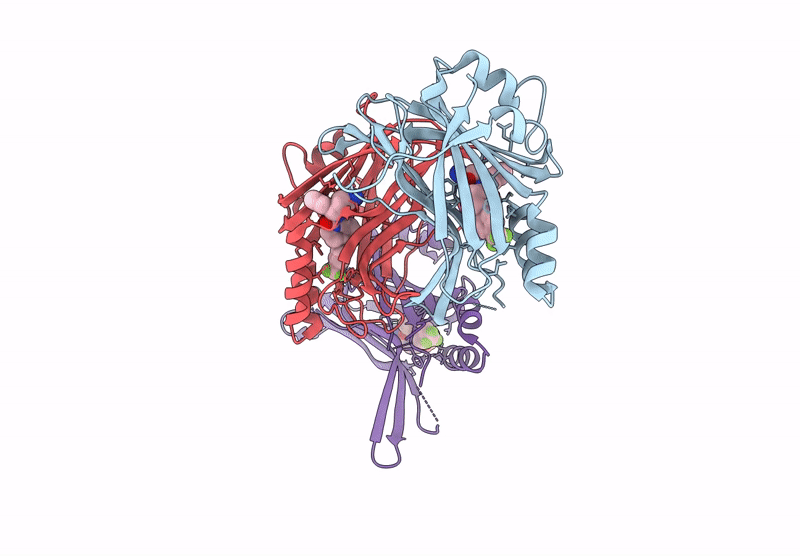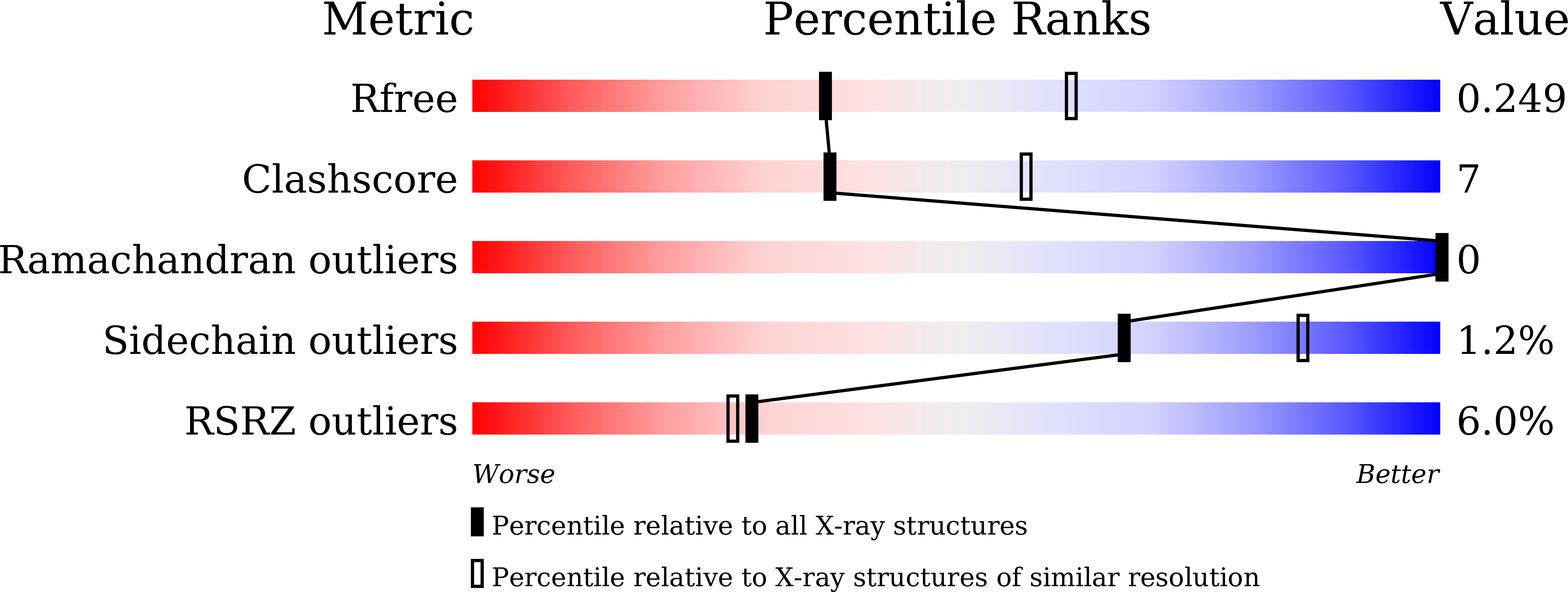
Deposition Date
2024-07-29
Release Date
2025-04-16
Last Version Date
2025-04-16
Entry Detail
PDB ID:
9IXT
Keywords:
Title:
Crystal structure of TEAD3 YAP binding domain with compound 2
Biological Source:
Source Organism:
Homo sapiens (Taxon ID: 9606)
Host Organism:
Method Details:
Experimental Method:
Resolution:
2.50 Å
R-Value Free:
0.24
R-Value Work:
0.20
R-Value Observed:
0.20
Space Group:
P 21 21 21


